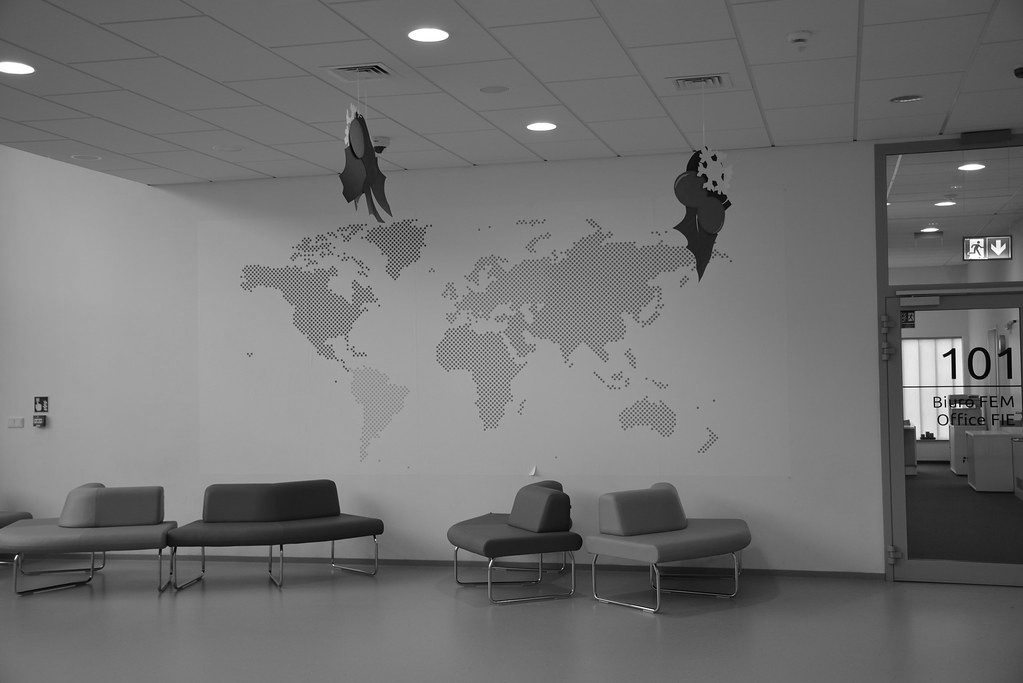Bilingual education means teaching subjects in two languages. It helps students understand and speak both languages. Sometimes, schools start with the student’s home language and then switch mostly to another common language. Other times, both languages are used equally to help students become fully bilingual and good at reading and writing in both.
Different Types of Bilingual Education
- Weak Bilingual Education: This happens when a school uses a student’s home language just for a little while before switching to a more commonly spoken language. The idea is to help students adapt but eventually focus on the common language.
- Strong Bilingual Education: In this approach, schools teach students in two languages equally. This helps students keep their original language while learning a new one, encouraging them to be part of two cultures.
Schools and Their Goals
Some schools have many students who speak different languages. But, not all schools aim to keep both languages alive. Some prefer to focus on one language to help students fit into the larger society. Others encourage learning both languages thoroughly, seeing it as a way to respect and maintain different cultures.
Examples of Bilingual Education
- In some schools, students learn mainly in their home language but also study a significant part of their subjects in a second language.
- In immersion schools, students learn in a second language to become truly bilingual. For instance, in Canada, English-speaking students might attend a French school to learn everything in French.
Why Bilingual Education is More Than Just Language Learning
Bilingual education isn’t just about learning a second language. It’s about teaching subjects like math or history in two languages. This can help students understand the subjects better because they’re thinking about them in two different ways.
How Schools Manage Two Languages
Schools use various methods to include two languages in teaching:
- By Subject: Teaching different subjects in different languages. For example, art might be taught in Spanish, while science is taught in English.
- By Teacher: Having one teacher speak in the common language and another in the student’s home language.
- By Time: Alternating languages by day or half-day.
- By Activity: Mixing languages in listening, speaking, reading, and writing within a single lesson to deepen understanding.
The Challenge of Keeping Languages Separate
Keeping languages separate can be tricky but important for helping students master both. Schools might teach certain subjects in one language and others in a different language, or they might have different teachers for each language. They also might choose to use languages at different times or for different types of activities.
Sometimes, mixing languages in class can help students learn better. They might switch languages, translate from one language to another, or use both languages equally in lessons. This can make learning more interesting and help students understand subjects more deeply.
Conclusion: The Value of Bilingual Education
Bilingual education is about more than learning languages. It’s a way to understand and appreciate different cultures. By learning subjects in two languages, students can get a richer education that prepares them for a world where many languages and cultures interact. Whether through keeping languages separate or mixing them in class, bilingual education aims to make students more knowledgeable and open-minded.








